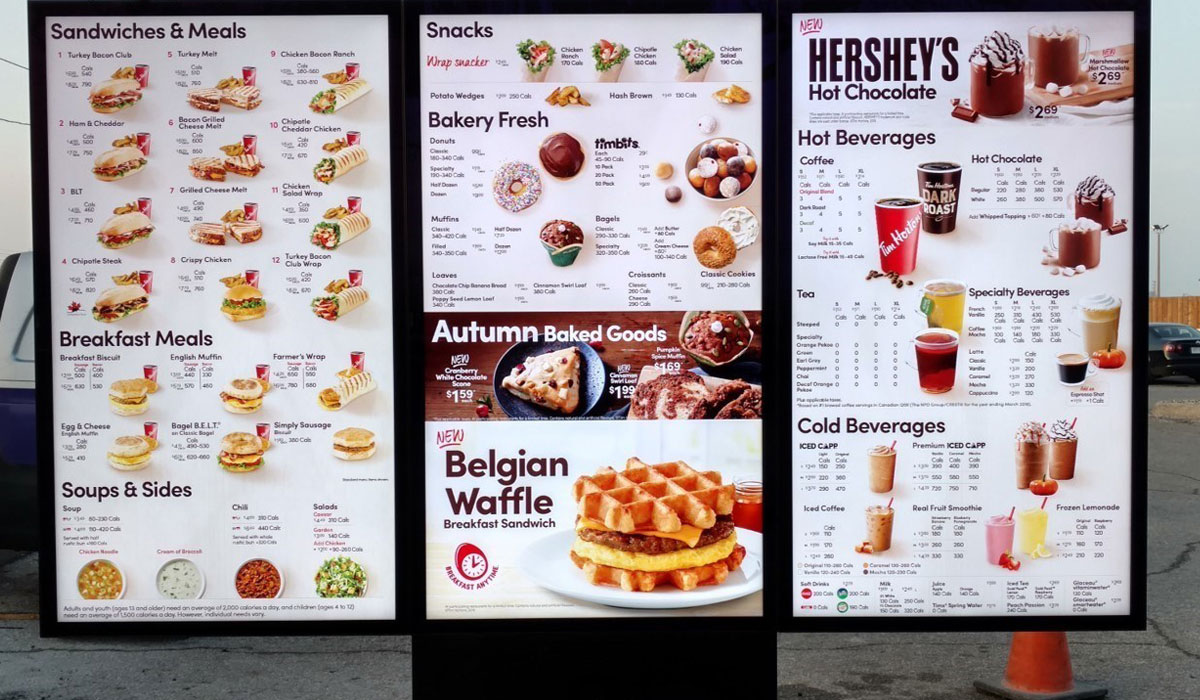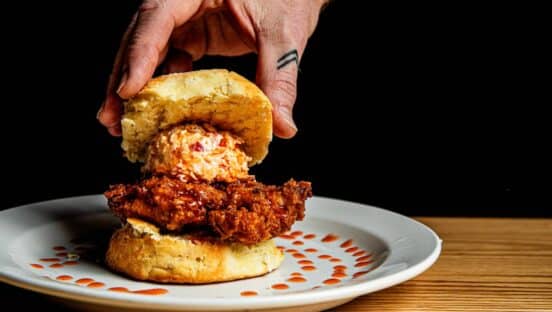As food and labor costs are increasing and consumers are reducing their spending, restaurant operators are facing the dilemma of either increasing their prices to maintain profitability or trying to “tough it out” so as not to upset their guests.
Prices obviously need to increase, but what is the best way to approach this and how will your customers react? In some of my previous articles, I talked about some of the psychological principles that restaurants can use with their menu prices. In this article, though, I want to talk about dynamic pricing.
Dynamic pricing has been widely covered in the news, but just what exactly is it? Definitions vary from simple to complex. The simplest approach is to do an across-the-board price change several times a year. While this is easy, it assumes that customer price sensitivity is the same for all menu items, it ignores time-of-day and day-of-week demand fluctuations, and it doesn’t provide insight into one, how often these price changes should be made and two, when they should be made. At the most complex level, operators can use quantitative techniques to determine optimal prices by menu item for different specific time periods.
There have been discussions around how the rise in digital transactions has made it easier for restaurant operators to quickly change prices (and menu items). Several companies, notably Juicer, Revenue Management Solutions, and Sauce provide analytical dynamic pricing solutions, but some operators are uncomfortable with the idea of varying prices since they’re not sure how their customers will react.
READ MORE: What is the Inflationary Tipping Point for Fast Food?
My question is whether this fear is justified or not? Research has shown that customers view changing prices based solely on demand is unfair. Given that, what should you do? Obviously, hotels, airlines and Uber vary prices based on demand, but how do they approach it? The short answer is that they give customers some control over which price they pay. Think about it, are there ways to get a cheaper fare on an airline? Sure, if you’re willing to travel at a less convenient time or are open to a non-refundable ticket. Similarly, can you get a lower rate for a hotel? Absolutely. Perhaps you’re a member of the hotel’s loyalty program, you book for a low demand day or you’re willing to book a room without a great view. Even Uber gives you a choice. The Uber app shows you the fare ahead of time and you can either choose to take it or not. As I discussed in an earlier article, these restrictions and rules are what’s called rate fences.
Let’s take a look at some of the research that my colleagues and I have done on customer reaction to rate fences. How about time-of-day pricing? Sure, particularly if it’s framed as a discount to the customer. Or, how about different prices by day of week? Again, no problem. particularly when framed as a discount. What customers do NOT like is prices that vary all over the place without any particular reason.
Here’s some more research. Ed McLaughlin and I just completed a study on customer reaction to dynamic pricing in the restaurant and grocery industries. Consumers were perfectly fine with different prices during busy and slow times or for different prices for loyalty program members. What they were not fine with was prices varying without an associated reason.
So, the short answer to how customers will react is that it will be OK, particularly when you use some simple rate fences. If you’re worried about starting full-fledged dynamic pricing, just start off with some simple rate fences that are easy to communicate to your customers and try to frame the price differences as discounts.
The next stumbling block is actually implementing the rate fences. Very few POS systems offer the capability to charge different prices for the same menu item, so operators would need to either manually change the prices in their POS system or possibly set up different menu item codes for different time periods. Obviously, these approaches are fraught with all sorts of challenges, most notably the sheer time involved. As a result, this approach would be difficult to sustain.
Some POS systems, including Toast, offer the capability to offer time-based pricing by menu items and others, including Lightspeed, offer timed events which can be used for things such as happy hours and brunches. Being able to integrate different prices into the POS system helps reduce the operational complexity, but the next challenges are one, determining WHEN prices should be offered and two, WHAT those prices should be.
The first question is easier to address than the second. To answer the first question, you need to get a more detailed understanding of when your slow and busy periods are. It’s best not to just rely on your gut feeling when determining this. Try to look at your data and get a more detailed view of your demand patterns. The answer may surprise you.
The second question of which prices to charge is much harder to answer. There are two possible approaches here: one, just test some out and see how they work and two, go with a company that offers analytical pricing recommendations. The first approach may seem a bit simplistic, but quite frankly, this is how pricing and revenue management got started in the hotel industry. The second approach would work well but comes at a cost. That being said, the potential revenue increase will most probably far exceed the cost.
So, what should you do? First, don’t be afraid to experiment with increasing some of your menu prices during busy periods. With digital menus, it’s simple enough to Just try it and see what happens. But, when you do, be sure to frame the “regular” prices as a discount. Secondly, talk with your POS systems vendor to see how you might be able to offer different prices for some of your menu items. Finally, keep an open mind toward dynamic pricing. It has worked extremely well in many industries and holds great potential for the restaurant industry.
Sherri Kimes is an Emeritus Professor at Hotel School at Cornell and specializes in pricing and revenue management. She is passionate about helping restaurants increase profitability. She can be reached at sk@sherrikimes.com.







